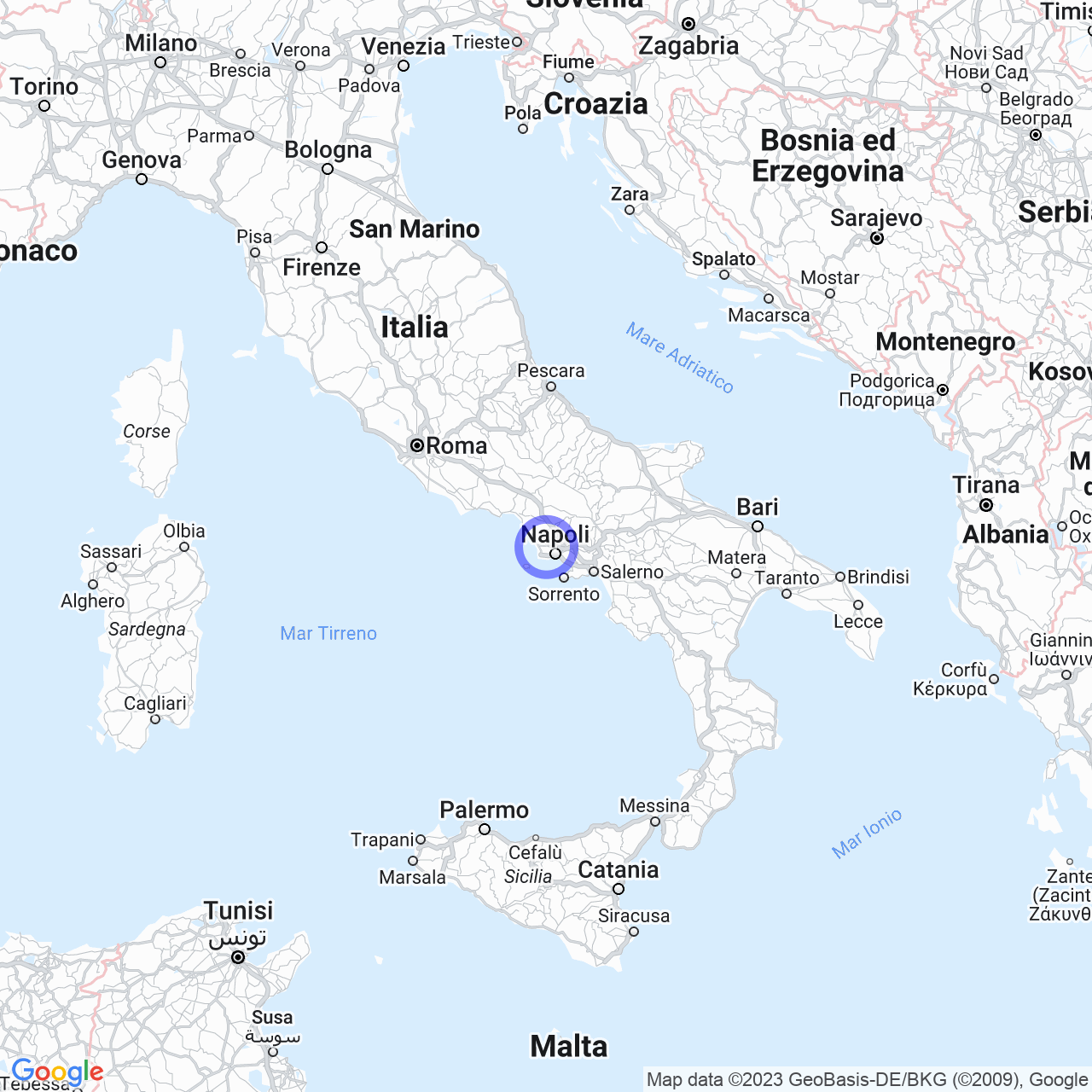Qualiano
Qualiano, a municipality in Campania with ancient and fascinating history
Welcome to Qualiano, one of the most fascinating municipalities in the metropolitan city of Naples in Campania, where ancient history and popular legends blend to create a unique mix of culture and tradition. In this summary, we will take you on a journey through the origins of this ancient Roman village, the legends surrounding its name, and the archaeological treasures hidden beneath its surface.
The etymology of Qualiano: between Giano and the forest
The name Qualiano has very ancient origins and has been the subject of numerous interpretive hypotheses. According to the first, the name derives from ''Colo Ianum'', in honor of the god Giano, as evidenced by the discovery of a large bifrontal and bearded deity head. The second hypothesis instead traces it back to ''Gaudianum'', meaning "city in the forest". Qualiano gave rise to two interpretations of the meaning of its name. The inhabitants of Qualiano are also called "panza tosta" or in Neapolitan "panzatuosti".

The history of Qualiano through the centuries
Historians are well aware of the tragic end of Greek hegemony in the city of Cuma, which occurred in 334 BC at the hands of the Romans. This new political reality of the expanding Roman civilization also affected Qualiano, given its role as a nodal point to reach Cuma from Capua to Rome. Recent archaeological discoveries also suggest that it was a favored center of the Roman patrician for its healthy climate, and flourishing vegetation in the territory. Remains of headless marble statues, walls in reticulated and brickwork, colored mosaic paving from the late 1st century BC to the early 1st century AD; huge terracotta vases for food preservation (Triticum, Hordeum vulgare, etc.), a rectangular-shaped water collection cistern with Volta (architecture).
A 4th century BC necropolis came to light during the construction of the first social housing intervention (in via Cavour). There were twenty-two tombs, most of which were stone boxes, six were in the Capuchin style, and one was a monolithic stone sarcophagus found with various funerary items: from tear bottles to crater, vases with black glaze: Askos, Skyphos, etc. All of this could be admired at the National Archaeological Museum of Naples, in the LX hall "The Necropolis of Qualiano", which was dismantled because the museum proceeded to rearrange the individual collections and place them more organically within the building.
Curiosities and popular legends of Qualiano
Qualiano is an ancient village with numerous popular legends. For example, it is said that in the past it was inhabited by tall and robust men who were linked to the cultivation of the land and fishing. Tradition has it that three bridges were built to connect the town of Qualiano to Lake Patria so that the village's inhabitants could go fishing. Even today, professional fishermen gather their boats along the shores of the lake, creating a unique spectacle. Other legends speak of nuns, the Edomite people, and a Swabian king who allegedly had a romantic relationship with a countess.
Conclusions
The ancient history of Qualiano has been discovered thanks to recent archaeological finds, which have shed light on the origins of this Roman village. Popular legends and curiosities about the village are deeply rooted in the past and still make its atmosphere unique and fascinating. When you find yourself in Campania, don't hesitate to visit Qualiano: you'll discover hidden treasures and suggestive atmospheres that will conquer you forever.
